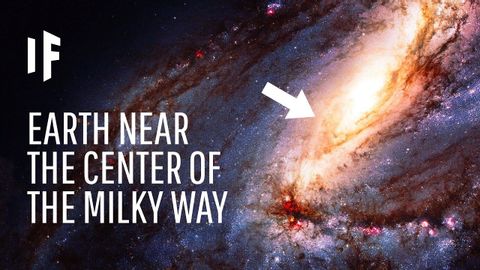
Subtitles & vocabulary
What If Earth Was Near the Center of the Milky Way?
00
林宜悉 posted on 2020/04/04Save
Video vocabulary
massive
US /ˈmæsɪv/
・
UK /ˈmæsɪv/
- Adjective
- Very big; large; too big
- Large or imposing in scale or scope.
B1
More spectacular
US /spɛkˈtækjəlɚ/
・
UK /spekˈtækjələ(r)/
- Adjective
- Impressive or out of the ordinary
- Noun
- A lavish or elaborate display or performance.
B1
More completely
US /kəmˈpliːtli/
・
UK /kəmˈpli:tli/
- Adverb
- In every way or as much as possible
- To the greatest extent; thoroughly.
A1
More evolve
US /ɪˈvɑlv/
・
UK /ɪ'vɒlv/
- Verb (Transitive/Intransitive)
- To develop certain features
- To develop or change slowly over time
B1
More Use Energy
Unlock All Vocabulary
Unlock pronunciation, explanations, and filters
